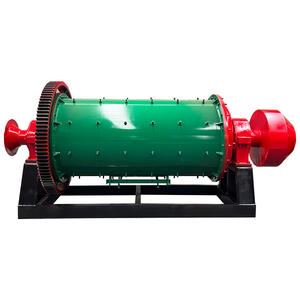**Technical Challenges and Solutions for Excavating Basement Spaces with Excavators**
(Technical Challenges and Solutions for Excavating Basement Spaces with Excavators)
Excavating basement spaces is a critical phase in construction projects, particularly in urban environments where space is limited and the demand for underground facilities is high. Excavators are indispensable tools for such tasks, offering precision, power, and versatility. However, the process of basement excavation presents unique technical challenges that require careful planning, advanced engineering solutions, and skilled execution. This article explores the key challenges associated with excavating basement spaces using excavators and discusses practical solutions to address them.
### 1. **Spatial Constraints and Accessibility**
One of the primary challenges in basement excavation is the limited space available for maneuvering heavy equipment like excavators. In urban settings, construction sites are often surrounded by existing structures, roads, and utilities, leaving minimal room for equipment movement. Additionally, the depth of the basement can restrict the size and type of excavator that can be used.
**Solution:** To overcome spatial constraints, compact or mini excavators are often employed. These machines are designed to operate in confined spaces while maintaining high levels of productivity. Furthermore, careful site planning, including the use of temporary access ramps and strategic positioning of equipment, can optimize the available space. In some cases, modular or telescopic excavators may be used to extend reach without compromising stability.
### 2. **Soil Stability and Groundwater Management**
Excavating basement spaces often involves working in unstable soil conditions, which can lead to cave-ins or landslides if not properly managed. Additionally, groundwater infiltration can complicate the excavation process, causing flooding and weakening the soil structure.
**Solution:** Soil stabilization techniques, such as shoring, sheet piling, or soil nailing, are essential to prevent collapses during excavation. Dewatering systems, including wellpoints or sump pumps, can be installed to control groundwater levels. Geotechnical investigations prior to excavation are critical to assess soil conditions and design appropriate stabilization and drainage measures.
### 3. **Precision and Depth Control**
Basement excavation requires precise depth control to ensure the foundation is level and meets design specifications. Over-excavation can lead to additional costs and delays, while under-excavation can compromise the structural integrity of the building.
**Solution:** Modern excavators are equipped with advanced technologies such as GPS and laser-guided systems, which enable operators to achieve precise depth control. These systems provide real-time feedback, allowing for adjustments during the excavation process. Additionally, experienced operators and regular monitoring of excavation progress are essential to maintain accuracy.
### 4. **Vibration and Noise Control**
Excavation activities generate significant vibrations and noise, which can affect nearby structures and disturb the surrounding community. In urban areas, excessive vibrations can damage adjacent buildings, while noise pollution can lead to complaints and regulatory issues.
**Solution:** To minimize vibrations, hydraulic excavators with vibration-dampening features can be used. Additionally, excavation techniques such as silent or non-explosive methods (e.g., hydraulic breakers) can reduce noise levels. Implementing noise barriers and scheduling excavation activities during permissible hours can further mitigate the impact on the surrounding environment.
### 5. **Utility Interference and Safety Risks**
Basement excavation often involves working near or around existing utilities, such as water pipes, gas lines, and electrical cables. Accidental damage to these utilities can result in costly repairs, project delays, and safety hazards.
**Solution:** A thorough utility survey must be conducted before excavation begins to identify the location of underground services. Excavators equipped with non-destructive digging attachments, such as vacuum excavators, can be used to safely expose utilities. Strict adherence to safety protocols, including marking utility lines and maintaining safe distances, is essential to prevent accidents.
### 6. **Environmental Impact and Sustainability**
Excavation activities can have a significant environmental impact, including soil erosion, dust generation, and disruption of natural habitats. In addition, the disposal of excavated material can contribute to landfill waste.
**Solution:** Implementing sustainable practices, such as recycling excavated material for backfilling or other construction purposes, can reduce waste and minimize environmental impact. Dust suppression measures, such as water spraying or using dust control agents, can mitigate air pollution. Furthermore, adopting eco-friendly excavation techniques and equipment can contribute to a more sustainable construction process.
### Conclusion
(Technical Challenges and Solutions for Excavating Basement Spaces with Excavators)
Excavating basement spaces with excavators is a complex task that demands a combination of technical expertise, advanced equipment, and meticulous planning. By addressing challenges such as spatial constraints, soil stability, precision, vibration control, utility interference, and environmental impact, engineers can ensure the successful completion of basement excavation projects. As technology continues to evolve, innovative solutions will further enhance the efficiency and sustainability of excavation processes, paving the way for safer and more effective construction practices.


